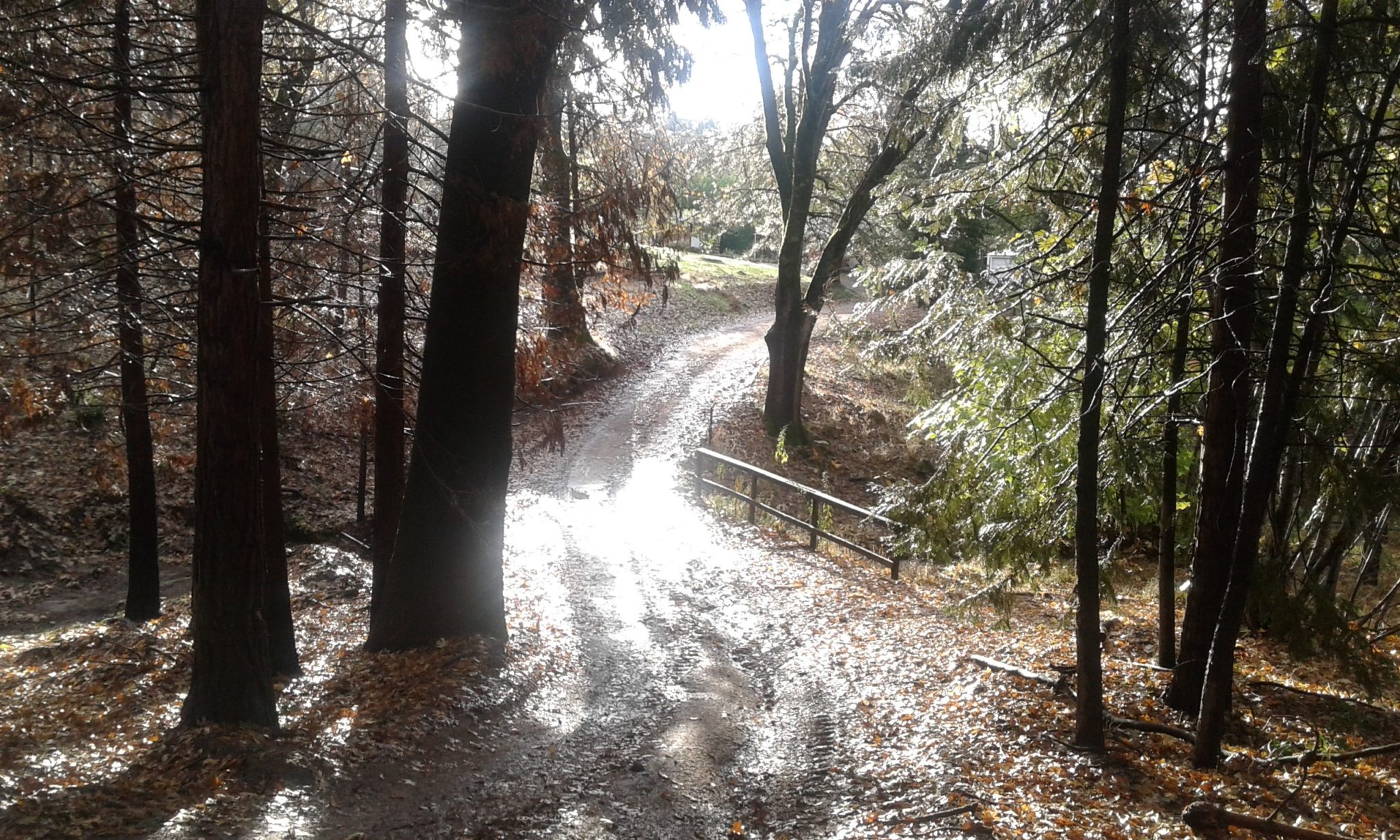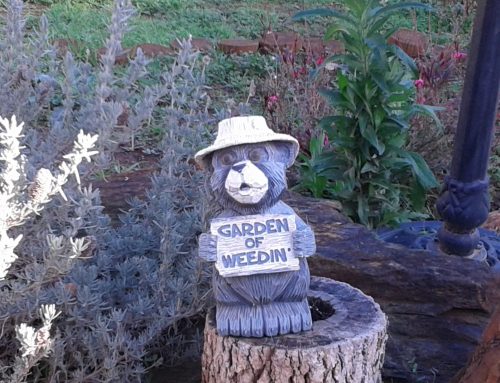My first few weeks in Oregon and California were extremely chaotic, but fortunately and quite unexpectedly I found an awesome gig just in the nick of time. In between air bnb rentals & a costly weekend in the Napa Valley, I got a promising response to one of my craigslist ads and the next day I was on my way to a ranch on top of a mountain to trim for a Ron and his wife Kelly, a friendly, nice couple in their mid-50s. Unlike my previous growers, Ron has his “shit” together. I was offered at least a month’s worth of work and an adorable log cabin for the female trimmers to sleep in. Bye bye tent. Hello wood-burning stove and king sized bed at the High Horns Cannabis Farm, a fully legal operation with a commercial license. I felt lucky and safe, and I was. Ron and Kelly had experience, stability and maturity on their belt; they were also in the right place at the right time in the wake of a widespread tragedy.
High Horns Cannabis Farm
The High Horns Farm is located in Mountain Ranch, a small town that was devastated by the Butt fires last year, the 7th worst in California’s history. While Ron and Kelly took a serious loss in product revenue, the property was spared and nobody was hurt, however many of the neighboring farms burned down. This disaster would forever change the way the cannabis industry is governed in Calaveras County. Nearly overnight people had to sell their land, attracting a huge influx of newcomers who saw a golden opportunity to buy properties at cheap prices. This got the attention of local government, which immediately sought to set limitations on growth.
California, while the nationwide pioneer in pot legalization, is a complicated place for marijuana business owners. The world watched with a feeling of relief when it was recently made legal for recreational use, having had incredibly lenient medical rights for years previously; it was the state known for all things marijuana, from having medical dispensaries to being home of the farm fields and trimming jobs, and even before that from Snoop Dog and Notorious BIG rap songs. But pot is not legal on a federal level, putting the industry in just enough perceived risk to scare off banks and mortgage companies. For example, it’s very hard to secure title insurance or a mortgage on a grow property. Some investors are equally nervous about putting their dollars on medical dispensaries. For established owners like Ron and Kelly, the biggest limitation has been county legislation. In recent years the state has allowed each county to set the local taxes, rule and regulations for cannabis growing. “One moment a county official supports us, the next he’s replaced by someone who doesn’t want pot farms,” Ron explains.
Cannabis Migrants
A fire destroying property and attracting a migration of cannabis growers who don’t know anyone suddenly buying up the mountain town and planting gardens over burnt property? This made Calaveras County especially nervous. Local officers initiated a commercial license program for all gardens which had been started before May 30th of this year, involving a $5000 application fee, other related costs and detailed property inspections. On the same token, it was time to sit at the big players’ table. Gone was the limit of 99 plants per garden, and now the room for growth was measured in acres; farms 1 acre of more were allowed a garden of up to ¼ of an acre, and farms with 2 acres or more were allowed a ½ acre grow space. Through this new commercial license, Calaveras County was offering more privileges, rights and taxable income potential to growers than most of California – many counties don’t even allow farms. This new commercial license program is increasing revenue and raising taxes for a rural area that hadn’t seen such a buzzing industry since the gold rush. Financially stable farmers like Ron just have to spend a lot of money and make sure their trimming rooms and gardens are well maintained and always up to code.
The new law has certainly pushed Ron’s business into a level that what was once side money could now be retirement money. “I started growing in the 80s, when you could get arrested for having a joint on you. I had 2 clients; one of them was a schoolteacher and the other was a principle. I needed to put diapers on my kids’ butts, and my full-time job just barely got us by.” He and Kelly did not envision having 600-700 pounds’ worth of trim-able marijuana in the fall of 2016, nor being in a position to possibly become a year-round operation with staff members paid on the books. As it stands now, regulations could still change at any point, but with pot becoming legal for recreational use statewide it’s highly unlikely that the second most leniently governed county would suddenly shut the doors on cannabis. As seen before in human industrial history, big business had risen from the ashes of a natural disaster.
Have you worked on a cannabis farm? How were your experiences? Let us know in the comments below.
Related Articles







